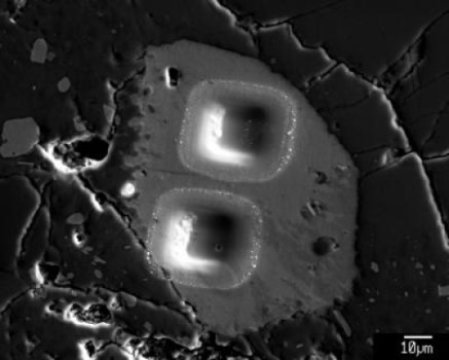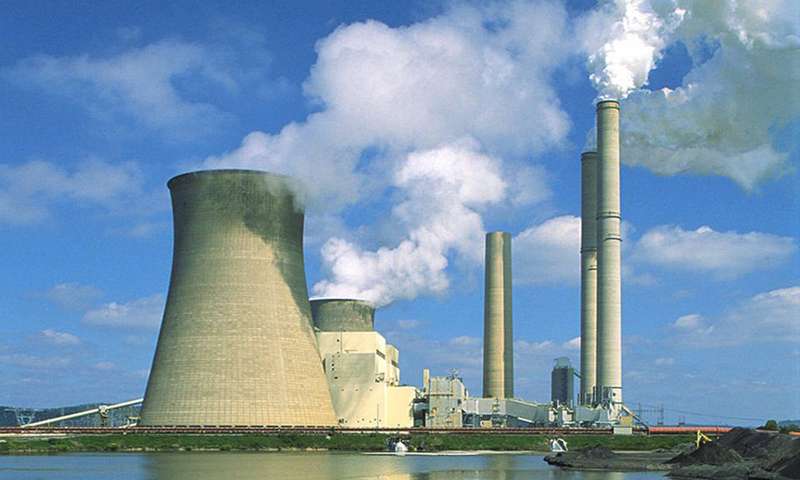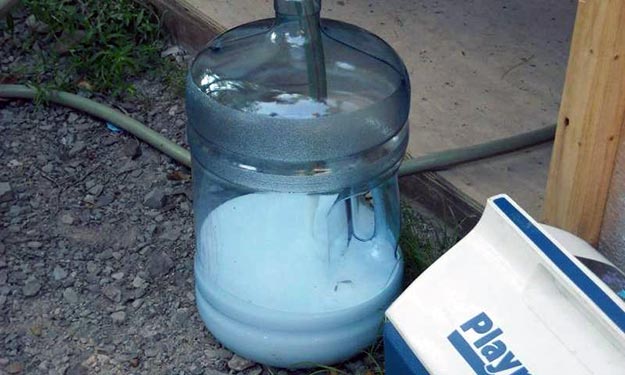A recent review of hundreds of chemical analyses of Moon rocks indicates that the amount of water in the Moon’s interior varies regionally — revealing clues about how water originated and was redistributed in the Moon. These discoveries provide a new tool to unravel the processes involved in the formation of the Moon, how the lunar crust cooled, and its impact history.

This shows secondary electron image of pits left by ion microprobe analyses of a heterogeneous apatite grain in Apollo sample 14321, 1047. Water has now been detected in apatite in many different lunar rock types.
This is not liquid water, but water trapped in volcanic glasses or chemically bound in mineral grains inside lunar rocks. Rocks originating from some areas in the lunar interior contain much more water than rocks from other places. The hydrogen isotopic composition of lunar water also varies from region to region, much more dramatically than in Earth. Read more





